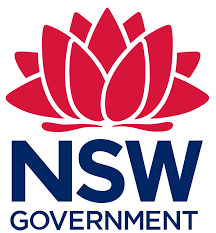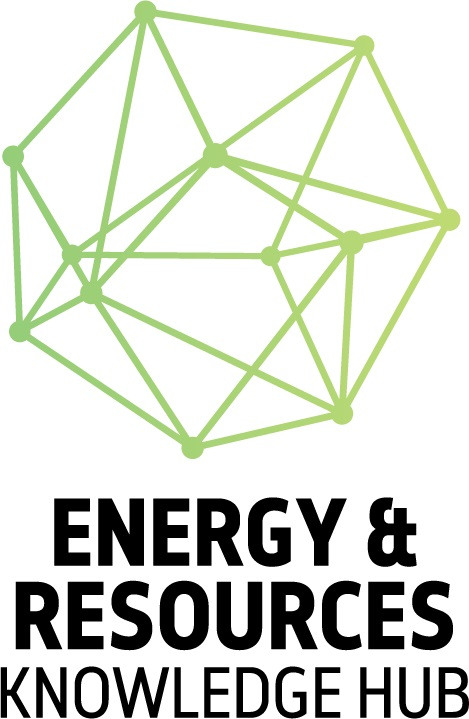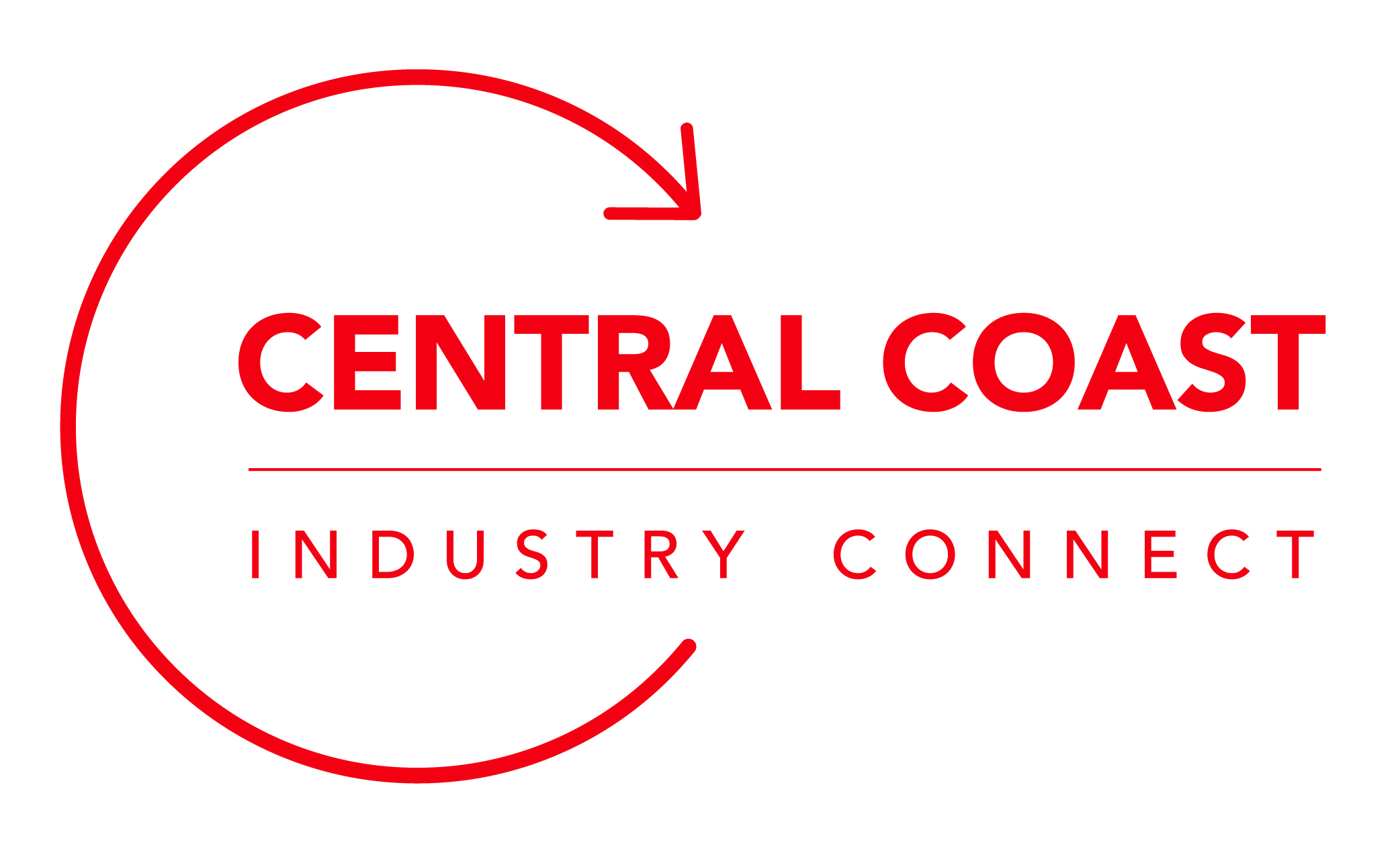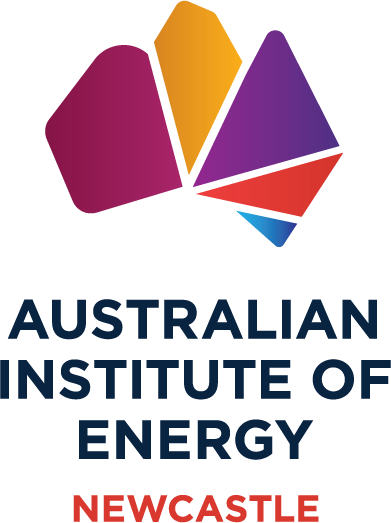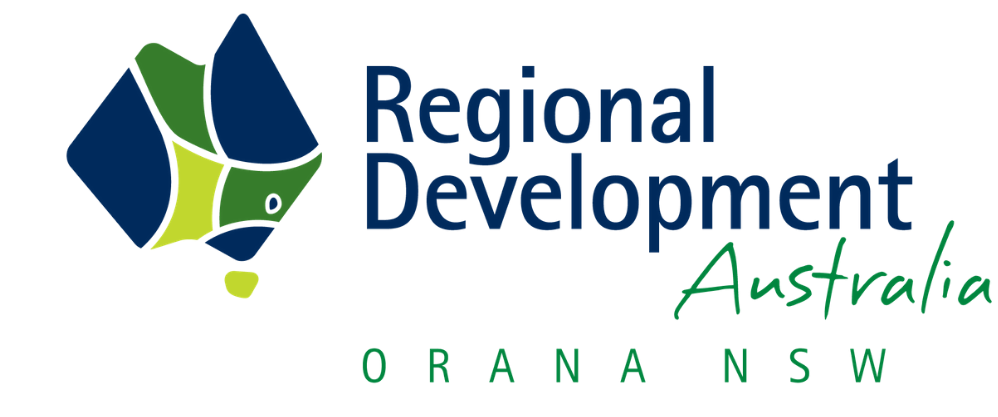Australia on track to meet 82% renewables target by 2030, report finds
A new report has found renewable energy growth, battery storage, and consumer energy systems are driving momentum but warns against policy instability.
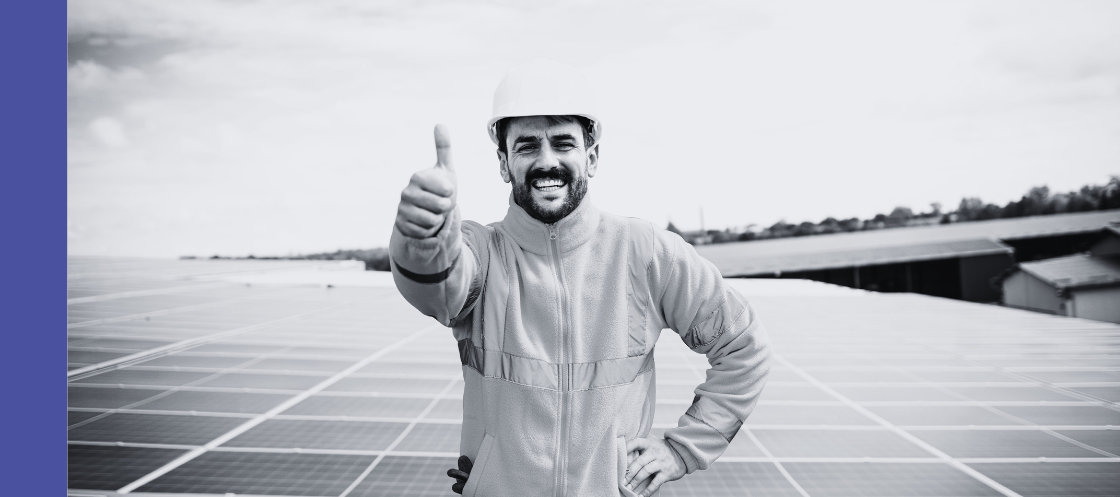
Australia is on track to meet the Federal Government's target of generating 82% of electricity from renewable sources in the National Electricity Market (NEM) by 2030, according to a new report released by independent think tank Climate Energy Finance (CEF).
The report attributes the progress to growing investment in large-scale renewable energy projects, rapid expansion of battery storage systems, and increasing adoption of consumer energy resources, such as rooftop solar and behind-the-meter batteries.
The findings signal a turnaround after years of stalled investment, with a surge in planning approvals and final investment decisions for solar, wind, and battery projects throughout 2024. According to the report, this growth is key to achieving Australia's broader decarbonisation goals and driving down energy prices over time.
The Clean Energy Regulator forecasts that between 7.2 and 7.5 gigawatts (GW) of renewable capacity, including 3.15 GW of rooftop solar, will be installed by the end of 2024, marking a record year for new installations. The Clean Energy Council predicts this trend will continue, with renewable energy likely to account for 48% of electricity generation by the end of 2025.
The report notes that in November 2024, renewables supplied 44.6% of the NEM's electricity demand, up from 40.2% in November 2023. The October 2024 monthly record of 47.4% is further evidence of accelerating progress, putting 82% renewables by 2030 within reach.
Battery energy storage systems (BESS) have played a major role in stabilising renewable energy generation, with deployments increasing rapidly across Australia. Behind-the-meter technologies, including rooftop solar, home batteries, virtual power plants, and demand response tools, are also helping households and businesses manage energy demand efficiently. This shift toward distributed energy resources is expected to continue as Australia moves towards broader electrification.
Despite the positive outlook, the report warns that maintaining momentum will depend on stable policy settings, efficient planning approvals, and continued support for investment. The report points to findings in the latest CSIRO GenCost 2024-25 report, which reaffirms that solar and wind, paired with battery storage and transmission upgrades, remain the cheapest forms of new electricity generation.




